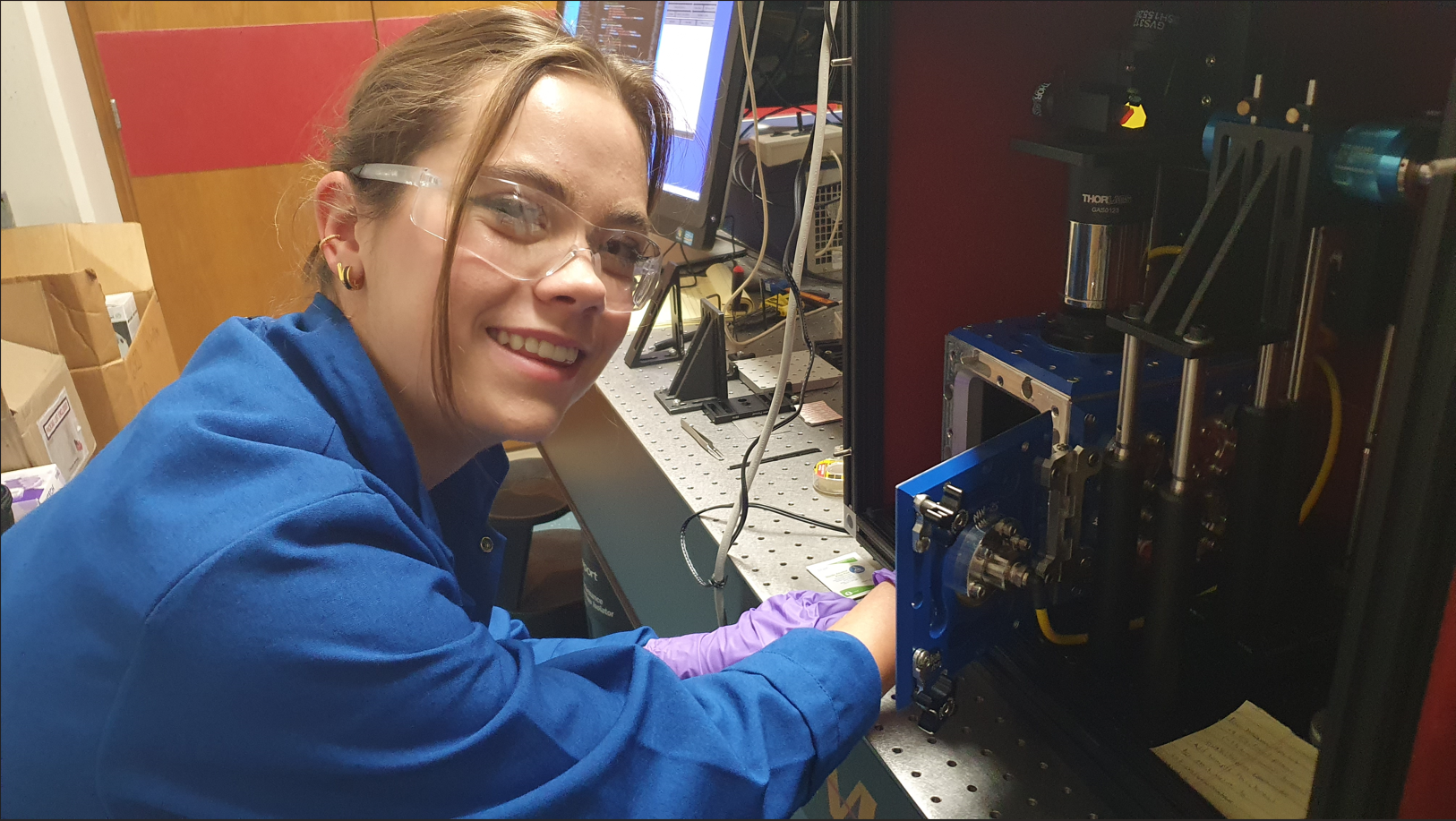
The development of additive manufacturing techniques provides opportunities for innovation in numerous industries, due to the unique design and geometric freedom, as well as precision fabrication made available by the production process. Furthermore, the strength, ductility and high temperature resilience of refractory metals makes them an ideal material choice in a variety of fields. However, many high performance refractory metal alloys experience severe cracking as a result of the AM process due to embrittlement at lower temperatures, which renders manufactured parts unusable. The objective of this research is to determine refractory alloys that are amenable to the printing process while maximizing high temperature strength, utilizing a high-throughput method to explore a wide compositional space. The Nb-W-Zr alloy family was selected due to its potential for high temperature strength, room temperature ductility, and fabricability. Samples were prepared by custom powder blending to create unique compositions, then consolidating stacked powder samples using spark plasma sintering. This technique allowed us to condense 5 compositions into one sample, increasing the number of compositions examinable and decreasing sample prep time. To simulate the AM process, laser track melts were run across the layered samples, then imaged using optical and scanning electron microscopy. Crack density in each laser melted composition was quantified and analyzed to further alloy development. This novel high-throughput method was developed for rapid evaluation of printability of metallic alloys. Additionally, results from high-throughput methods aligned with those from traditional bulk fabrication methods. Results shoe ternary compositions of Nb, W and Zr can provide strength without causing cracking during laser melting. Through characterizing refractory alloy behavior based on composition within the Nb-W-Zr alloy family, we are able to design alloys that maximize strength and fabricability, specifically for the AM process to minimize cracking.